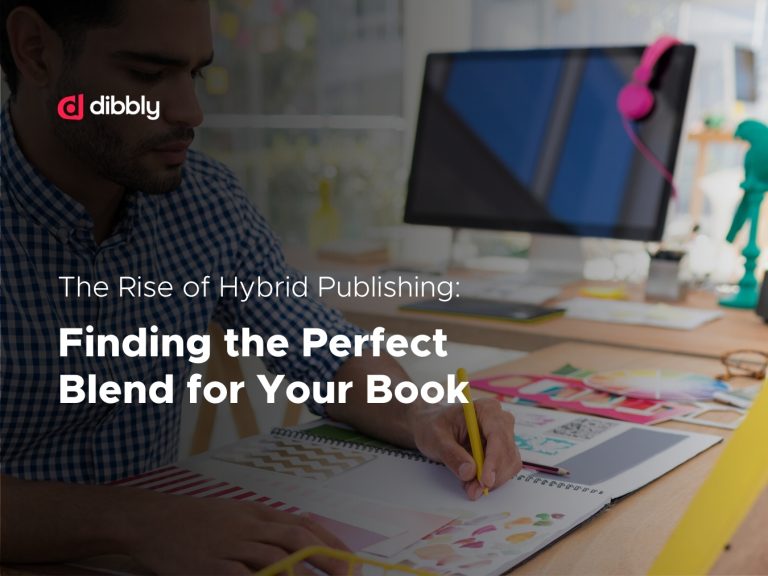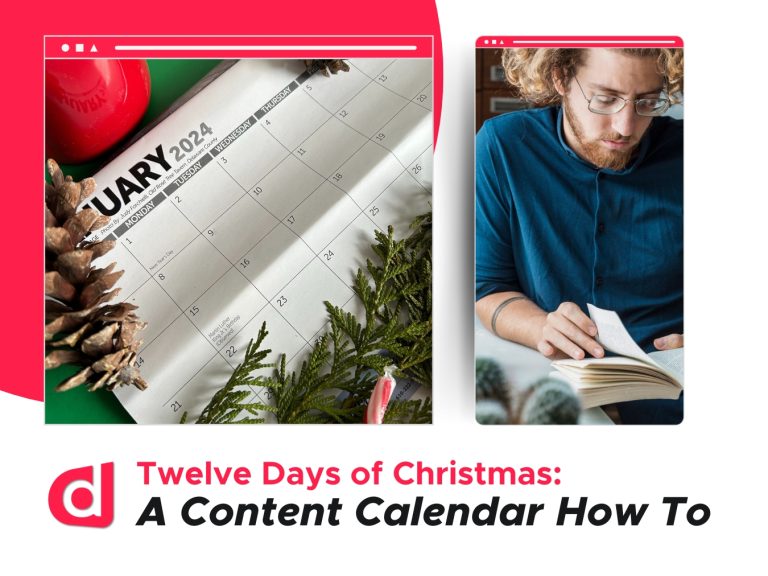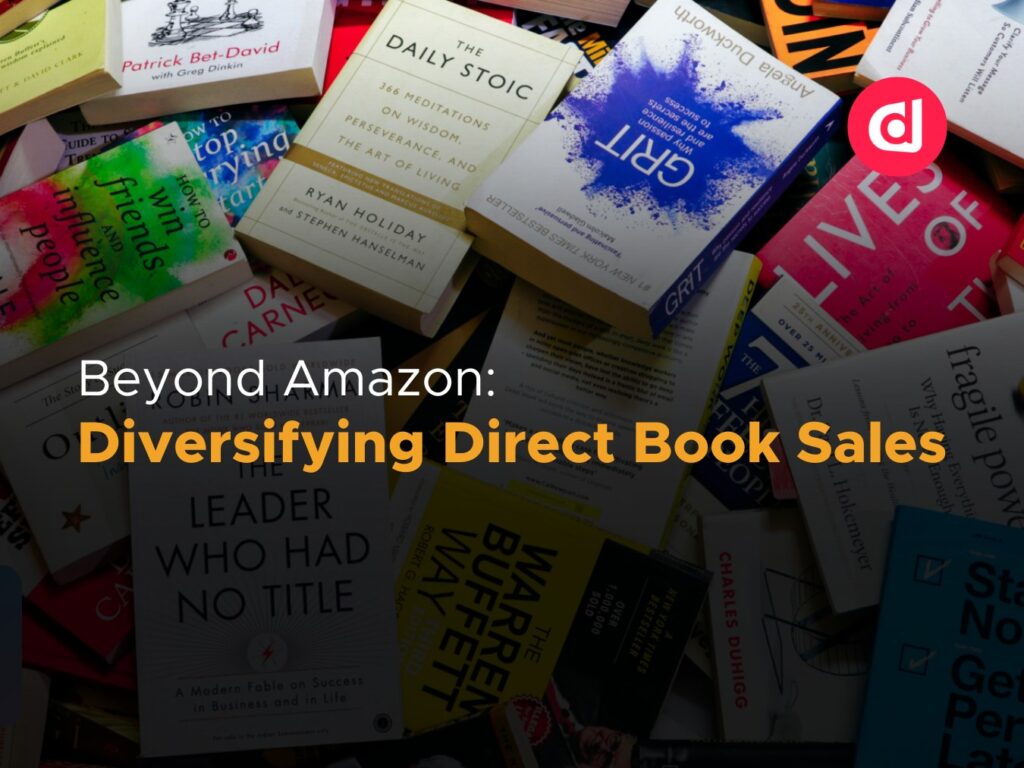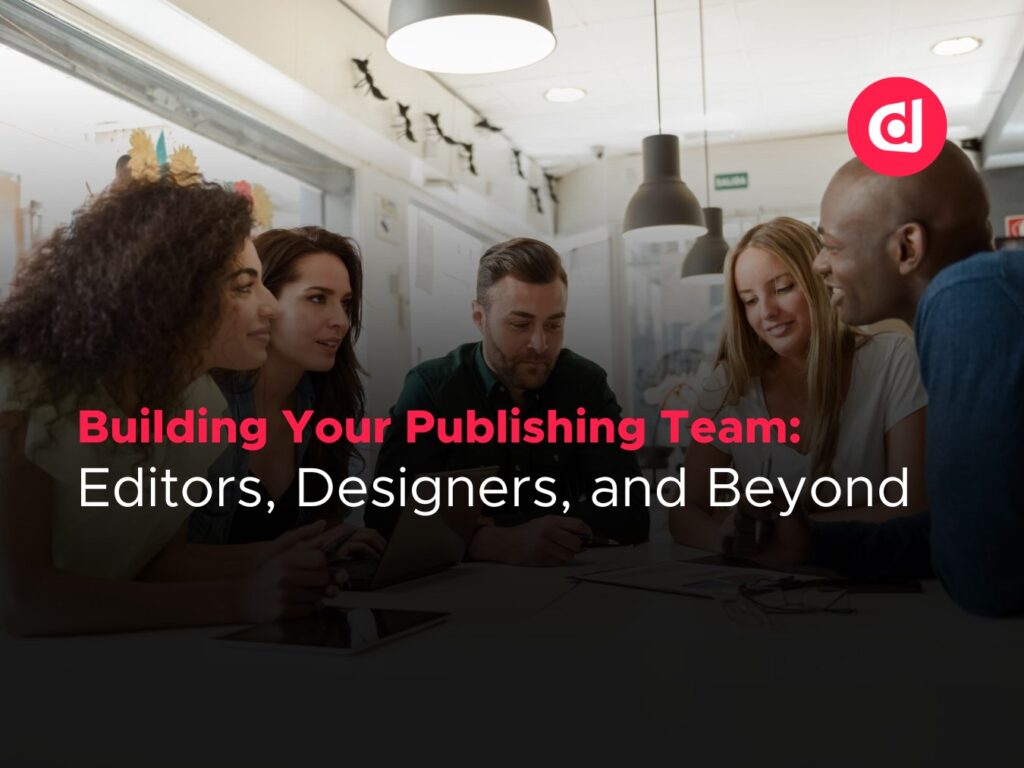When it comes to self-publishing your own written works, there are many different book formats to choose from. Choosing the right book format can play a huge part in not only the success of your book but also the ease with which your readers will connect to your work. We will run down the list together, determine the best formatting for self-publishing authors, and maximize your success.
Book Format Options: Where to Begin
Beforehand, most self-publishers only had access to online mediums to publish their works, such as blogs and websites. But now, you can give your work a more official look in many ways. Nowadays, we have access to different book format options, such as print, ebooks, and audiobook formats. Which option will work best for you? Let us weigh the pros and cons of each option and see which can be beneficial to you.
Print Book Formatting
However, before diving into the details, we must ask ourselves why book formatting is so important. Formatting for self-publishing authors is more than just making the final product look good. In fact, formatting can play a crucial role in other important aspects, such as:
- Readability: Different book format options, such as full-page viewership and the ability to include accessibility options such as braille and/or audio components, can aid in increasing readability for the reader. Also, certain formats can help with in-page navigation, chapter selection, and ease of understanding.
- Aesthetics: Most people think book formatting is just creating a professional-looking and visually appealing book, which it does play a huge part in. But aesthetics can also play a role in creating a brand for the author. Establishing an author’s identity with a unique style and recognition can help tie in a book and/or character series.
In the end, choosing the right book format affects every aspect of the book, especially as a self-publishing author. So, with that being said, let’s deep dive into the book formatting options and figure out which one or combination of formats will work best for you.
Hardcover Format
Hardcover books, sometimes referred to as hardbound books, are characterized by sturdier book covers. These books are typically constructed with thick cardboard that is enveloped in cloth. The pages are either sewn or glued directly into the spine on the inside. This allows the spine to be more flexible and allows readers to lay the book flat when opened, which gives the reader a full view of each page.
These books allow for special aesthetic decisions when it comes to designing the cover. For example, the title and author’s name can be stamped instead of printed onto the cloth binding, and a dust jacket with the cover design can also be added for protection and additional stylistic purposes.
Hardcovers often come at a higher price point, which includes their added durability and collectible aesthetic, and they may also include forewords and illustrations to offer the reader a premium reading experience.
Paperback Format
Paperback books, also called softcover books, are typically made with a cover constructed of paperboard or a remarkably thick stock, with the pages of the book attached to the binding with a strong adhesive. These books are typically a tad smaller, allowing added comfort and ease of transportation. This style of binding and size allows the reader to hold the book easily, but the binding prevents readers from fully viewing each page.
Paperbacks are often more affordable than their hardcover counterparts, allowing them to cater to a wider audience of casual readers.
Which One Is Better?
The main difference between paperback and hardcover books is their aesthetics and collectability. Paperbacks are perfect for everyday readers who often read during daily commutes and require ease of transportation and accessibility when it comes to their books. Hardcovers, on the other hand, are more suited for those who collect books and prefer a sort of premium reading experience.
Therefore, with all this in mind, you need to cater to your audience. Are you writing for the casual reader? Is your book one that is lighthearted enough to read during work breaks and commutes? Or does your novel require more of a collector’s touch with illustrations to create a fully immersive experience?
Ebook Publishing Tips
Ebooks are a recent book formatting option. However, with the increase in accessibility and popularity of eBook readers, this could be a very easy option for formatting for self-publishing authors. All it takes is a little creativity and technical know-how. But once those are covered, you can publish your own work by yourself and have it accessible to the whole globe.
Formatting Your Ebook
Just like with print books, your eBook needs to be formatted to allow for ease of readability while conforming to the publishing platform’s guidelines. Since you’re doing most of the work yourself, you have to carefully ensure that your work not only adheres to these guidelines but also stands out in a crowd of many self-publishing authors.
First Impressions Matter
Your front cover is the first impression you can make on a potential reader, and a visually captivating cover can make your ebook stand out in an online ocean of other ebooks, unlike being in a bookstore where most people are inquisitive and have the luxury of holding the book, reading the synopsis and reviews on the back, etc. Online, there’s a lot more chance for your ebook to get lost in the hundreds of other ebooks fighting for the readers’ attention.
There are many online platforms with ebook cover templates that can aid a less tech-savvy person in creating their ebook cover. Just keep in mind that your cover needs to stand out, not for the wrong reasons. Try to maintain a common font throughout, and while simplicity can add to a professional look, the colors selected can quickly tell a reader the genre of the book. Think dark colors for thrillers and horror, whereas lighter pastels might be more for romantic comedies and the like.
While designing the cover is important to lure in readers, don’t forget that your ebook will be online. With this in mind, it’s the perfect format to include illustrations, infographics to present data and other visuals for a fraction of the price compared to print publishing.
Formatting for Self-Publishing Platforms
Selecting the correct publishing platform for you can be crucial to the reach and success of your ebook. Many publishing platforms exist, such as Amazon KDP, Smashwords, Kobo Writing Life, the Apple Books Store, and Barnes & Noble Press, to name a few. Publishing on a more popular platform could allow for a greater audience reach; however, it can also lead to being lost in the large scale of other ebooks fighting for attention.
Each platform also offers its own distribution channels and royalty structures. For example, some might provide higher royalties for a certain price in exchange for an increase in distribution and marketing. Considering how these publishing rates align with your financial situation and goals is important.
Before choosing a platform, consider reading reviews, testimonials, and other self-publishing authors’ forums to better understand their experiences. Such questions could include: How easy is the platform’s user interface? Is the platform known for its customer service and reliability? How have other self-publishing authors found success on these platforms, and what are their recommendations?
Audiobook Production
When it comes to audiobooks, there are two options for formatting a self-publishing author’s audiobook. You can either record the audiobook yourself or hire a professional to do so. Both have their pros and cons, so let us dive into the world of audiobooks.
Professional vs Self Audiobook Production
Recording your own audiobook can seem daunting, but it is easier than people think. You only need a quiet recording space, software, equipment, and lots of time. The equipment and software can range around $200 and more, but the biggest investment is the time it’ll take you to perfectly narrate your audiobook and any post-production editing you might need.
Professional narrators narrate, on average, around 9,400 words per hour. Therefore, using this estimate, we can say that it would take you approximately 8 hours to narrate a 70,000-word book. Plus, you’ll want to double that time in case of retakes, any breaks you might take, etc. You’ll also want to triple that time to account for post-production.
Self-narrating works best on non-fiction works, where audience members might expect the voice of the author. However, for works of fiction, it might be better to hire a professional narrator who can fully breathe life into the characters with different voices, tones and vocal ranges.
Hiring a professional is easier than you might think. After choosing your audiobook publisher, many companies have a dedicated section of professional narrators where you can vet and choose the best fit for you. After selecting a narrator, work agreements are then crafted, and payment is decided.
Payment for professionals will cost more than self-audiobook production. Since most of these professionals are unionized and will require multiple hours to deliver a finished product, you can estimate around $225 to $300 per hour, according to the SAG-AFTRA union (Wolman, 2020). However, note that some publishing studios allow reduced upfront fees in exchange for royalties. So, it’s up to you once again to keep your financial goals in mind.
In Summary
Many book format options are available nowadays, and choosing the right formatting for self-publishing authors is key to maximizing your audience reach and your book’s success. Whether you choose to print, record, or have it available as an ebook or a combination of these formats, keep in mind your audience’s accessibility and your financial capabilities and goals.















